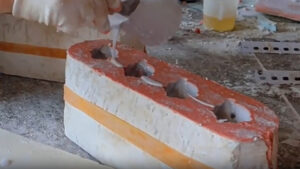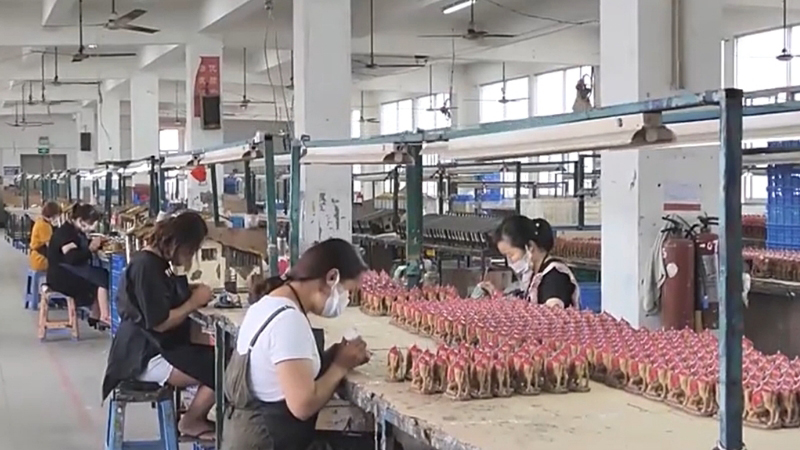
I used to think resin garden products were eco-friendly until I saw how they’re made. Now, I know what to look for to make greener choices.
Resin isn’t biodegradable, but recycled and plant-based options exist. Look for certifications like FSC or Cradle to Cradle for sustainable products.
Let’s dig deeper into the truth about resin.
What’s the environmental impact of resin manufacturing?
I visited a resin factory once and was shocked by the fumes. The process isn’t as clean as I imagined.
Resin production releases harmful VOCs and uses non-renewable petroleum. Wastewater from factories can pollute local ecosystems if not treated properly.
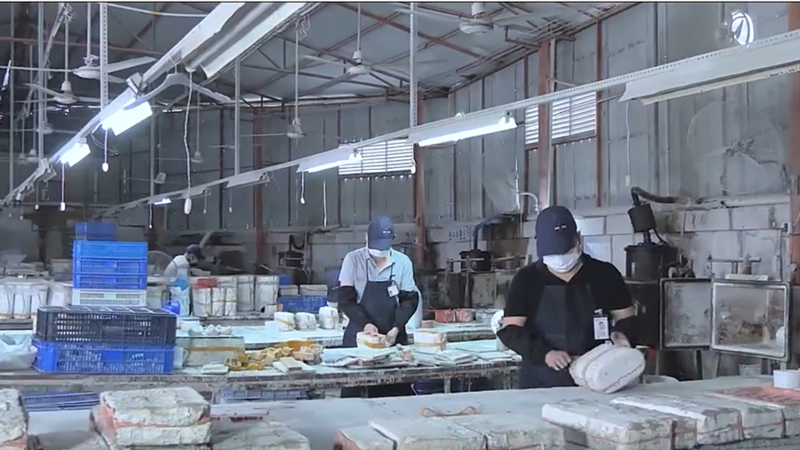
My Resin Manufacturing Findings
Here’s what I learned about the process:
| Stage | Environmental Impact | Eco-Friendly Alternatives |
|---|---|---|
| Raw materials | Petroleum-based | Soy or corn-based resins |
| Production | VOC emissions | Closed-loop systems |
| Waste disposal | Non-biodegradable waste | Recycling programs |
Last year, I switched to a brand that uses captured CO21 in their resin. It’s not perfect, but it’s a step in the right direction. Always ask manufacturers about their emissions control2 – the good ones will share details.
Can resin products be recycled or biodegraded?
I tried composting a broken resin planter once. Five years later, it’s still in my garden, looking the same.
Traditional resin isn’t biodegradable, but some types can be recycled. Look for products made with recycled resin to reduce waste.
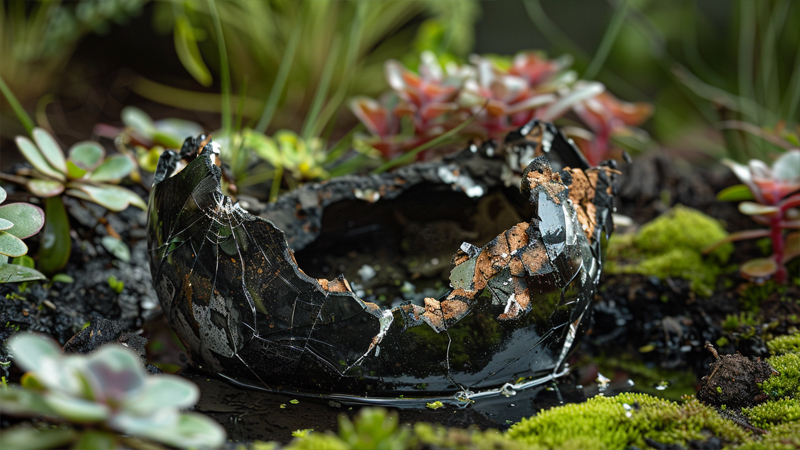
Recycling Reality Check
Here’s what I’ve discovered:
- Recycling codes: Look for #7 (other plastics) – but not all facilities accept it
- Downcycling: Recycled resin often becomes lower-quality products
- Collection points: Some garden centers now take back old resin items
I found a company that turns old resin furniture into garden mulch trays3. It’s not true recycling, but it’s better than landfill. Pro tip: Check if your local recycling center has a special plastics day4.
What are the eco-friendly alternatives to traditional resin?
I’ve tested everything from bamboo to mushroom-based materials. Some work better than others for outdoor use.
Plant-based resins, recycled plastics, and natural materials like stone or wood are greener choices for garden products.
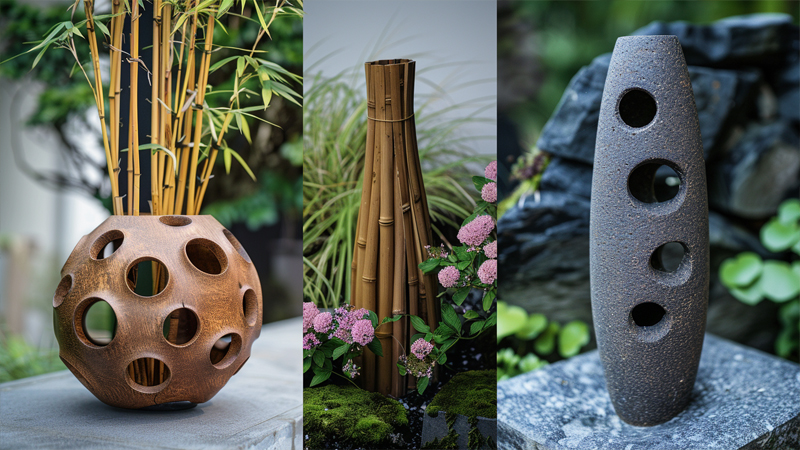
My Alternative Material Tests
Here’s how they compare:
| Material | Pros | Cons |
|---|---|---|
| Bamboo resin | Biodegradable | Less durable in rain |
| Recycled plastic | Reduces waste | Still plastic-based |
| Cast stone | Natural look | Heavy and expensive |
Last spring, I bought a soy resin birdbath. It faded in the sun but lasted two seasons. Now I mix materials5 – stone for heavy items, plant-based resins6 for decor. It’s about balance, not perfection.
What certifications should I look for?
I used to trust “eco-friendly” labels until I learned most aren’t regulated. Now, I look for specific certifications.
FSC, Cradle to Cradle, and GreenGuard certifications ensure products meet strict environmental standards. Always verify certifications online.

Certification Cheat Sheet
Here’s what each means:
| Certification | What It Covers | Why It Matters |
|---|---|---|
| FSC | Sustainable forestry | For wood-resin composites |
| Cradle to Cradle | Recyclable materials | Ensures recyclability |
| GreenGuard | Low VOC emissions | Better air quality |
I once bought a “green” resin bench without checking certifications. Turns out it was just painted green! Now I always look for the Cradle to Cradle7 logo – it’s the gold standard.
Conclusion
Eco-friendly resin exists – you just need to know where to look. Choose wisely, and your garden can be green in every way.
-
Understanding captured CO2 can help you make informed choices about sustainable products and their environmental impact. ↩
-
Learning about emissions control can guide you in selecting brands that prioritize sustainability and environmental responsibility. ↩
-
Discover how garden mulch trays are made and their benefits for sustainable gardening practices. ↩
-
Learn about special plastics days and how they can help you recycle more effectively and responsibly. ↩
-
Discover tips on mixing materials for garden decor to achieve a balanced and aesthetically pleasing design. ↩
-
Learn about plant-based resins and how they can be used creatively in outdoor decor for a sustainable approach. ↩
-
Exploring this link will help you understand the significance of the Cradle to Cradle certification in sustainable product design. ↩


